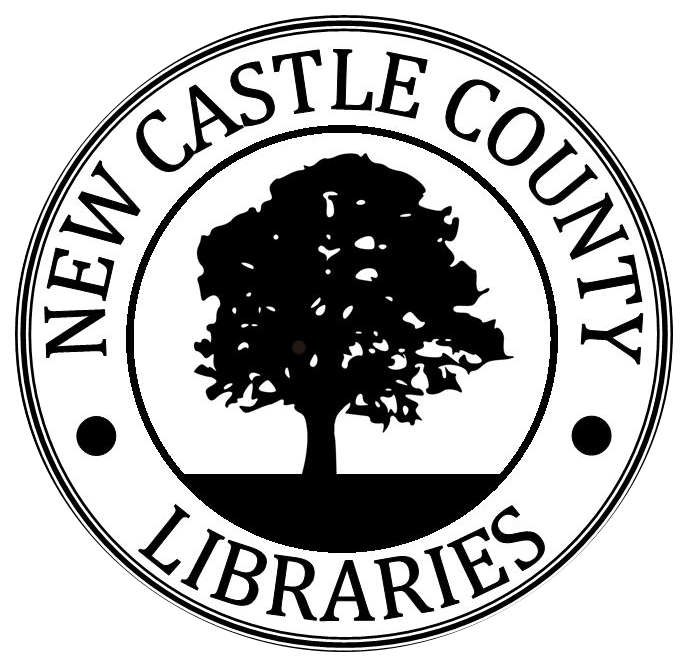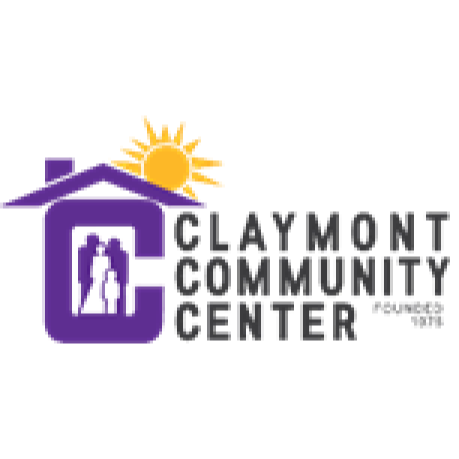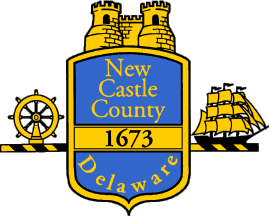Universal Language, Pt. 3
/One of my favorite “music videos” is a three-and-half-minute clip from the 70’s of composer and conductor Leonard Bernstein extolling the virtues of the music of Ludwig van Beethoven, whose ninth symphony Bernstein was then preparing to conduct with the New York Philharmonic. There is one line that stands out to me: “that dubious cliché about music being the universal language almost comes true with Beethoven.” Whether or not this statement holds water, whether or not Beethoven was indeed able to “communicate a universality of thought,” as Bernstein goes on to say, is not for me to affirm or deny. However, I have continually pondered the idea itself that music has for so long been considered the universal language, and if that cliché ever really does come true. There must be a hint of truth for it to have become such a pervasive platitude. So then, can we call music a language at all? Or is it more than that?
It was in Phonology Lab, after returning to college at home, that I began to learn about the scientific correlation between music and language. I still have a copy of an article I found in an academic journal with the snappy title Frontiers in Cognitive Auditory Neuroscience. The article detailed the ways in which newborns begin the acquisition of language: they first start distinguishing sounds based on variations in pitch, rhythm and timbre their parents’ voice—”the most musical aspects of speech”. It seemed at once simple and profound: infants perceive language in the same way that they perceive music! I was blown away by a further study conducted by Charles Limb, an otolaryngeal surgeon at Johns Hopkins. He and a team of researchers put a jazz musician in a functional MRI machine along with a portable keyboard and measured his brain activity. They had him play a memorized piece of music, followed by a piece made up on the spot as part of an improvisation with another musician in a control room. The researchers found that the brains of jazz musicians who are engaged with other musicians in spontaneous improvisation show robust activation in the same brain areas traditionally associated with spoken language. Limb said that improvisational jazz conversations "take root in the brain as a language.” He went on to suggest that the human brain shows signs of having evolved to process music first, and speech resulted as a fortuitous by-product. The overarching idea of all this research is that the first language our brains developed to process was music.
So there is obviously an intimate relationship between music and language. Anthropologists have claimed that, among several other important traits, music and language are two “Cultural Universals,” phenomena that appear to occur virtually without exception across every culture on this planet. There is something innately human about both the production of language and the creation and performance of music; they are inseparable from our existence, part and parcel of even the most primitive human society. I recommend that anyone interested in this phenomenon watch a fascinating documentary called Alive Inside, which expounds the truly enlightening influence of music upon the human mind. The film follows the efforts of social worker Dan Cohen to introduce iPods with personalized playlists in nursing homes and long-term care facilities. Some patients, having spent years in a near catatonic state, almost instantly awakened in response to the music they had grown up listening to. Patients that had previously shown no ability to meaningfully interact with their family returned to a state of coherence. Those that appeared to have no capacity for recall began reliving long-dormant childhood memories as if in real time. Those that could string together no more than two sentences at a time found their voices again. This to me underscores the intimate relationship not only between music and language but between music and human connection.
I could scarcely have known that my dispiriting tenure as warehouse manager would lead to something I finally came to consider a true vocation. I had a coworker named Kyle who had become to me an assistant manager in all but name, and who walked out of the building in exasperation one day, every bit as dissatisfied as I had become. Several months later I followed suit. However, before quitting he told me about his girlfriend Lia and the idea that she had for a business: a language education program for young children. Even at that moment, before I had a clear inkling that I would soon be abandoning my managerial position, the idea struck me as something I would love to be involved with. Distracted by the stress of the job, I had little wherewithal to entertain the idea in earnest. Six months after my ignominious departure I reached out to Kyle and asked to meet him for a drink. He told me again about Lia’s vision for developing a language program, and with little ceremony I intimated that I wanted to join her in whatever capacity possible. It was ever present in my mind that teaching young children was not my bailiwick, that I would be even farther out of my comfort zone than when I was twelve or thirteen playing piano in concert for several hundred people at a time. I knew, though, that considering my acumen in both language and music, our combined forces might produce a superior product. After one meeting, neither Lia nor I had any doubt about our compatibility in building and growing our program.
Early in the development of Language University it became obvious to both of us that music would need to be a major component of the curriculum. Our original vision had consisted of two recurring songs for the beginning and end of each class, plus two or three more for special activities. It turns out that we did create two recurring songs, but we ended up with 25 more. About three classes in, we decided that each lesson would have to feature an original song. All of a sudden the next seven months cast a long and heavy shadow as I considered the workload that awaited me. With Lia’s help in writing the lyrics and choosing the melody, however, what at first had seemed so daunting rather quickly became a labor of love (“labor” being the operative word). It had occurred to me in the beginning that songs with a recognizable melody would lend themselves to an education program far better than original tunes. Old folk and parlor songs have such staying power because of their catchy melodies and inherent nostalgia, and their ubiquitousness means that most children (and their parents) are already intimately familiar with them. The main challenge that we faced was to write Spanish lyrics that would both fit the rhythm of the song and teach the appropriate vocabulary. Sometimes this presented difficulties, but more often than not it would fit together with very little cajoling, especially when Lia provided the major part of the lyric writing.
Armed with two guitars, my Roland XP-80 synthesizer and a cardioid condenser microphone, I spent the majority of our first year of operation recording and mixing the songs that would end up constituting Language University’s soundtrack. In order to keep our growing repertoire diverse, I made it a point to arrange the musical accompaniment in a different style each time. By this point, the intimidating prospect of creating an album’s worth of music had long given way to a sincere enthusiasm for allowing creativity free rein. For each lesson’s song I would take the titular word or primary phrase, pronounce it several times aloud, and let arrive to my mind the first folk tune whose melody could easily fit the dynamic rhythm of that word or phrase. Then I would choose a style that either lent itself to the metre of the lyrics or made logical sense given the particular topic. In my mind I scoured the musical lexicon I had spent the previous 20-odd years compiling, reviewing every period and genre that would create as varied and interesting a playlist as possible. I recorded ballads in the traditions of pop, folk and country, a polka, a calypso, a march, an uptempo waltz, a Christmas song in the Renaissance manner, and even “Cielito lindo,” the favorite tune of my Costa Rican host mother. I made arrangements inspired by the early rock ‘n’ roll of Chubby Checker, Ritchie Valens and Chuck Berry, as well as the iconic surf rock of Dick Dale and the Deltones. I also chose to highlight a few Latin styles where possible: rumba, salsa, merengue, cha-cha, bossa nova and Afro-samba. Just to name a few.
I can’t remember now if that first year flew by or crawled at a snail’s pace. I’m sure at various times it seemed like both. I do remember slipping my guitar inside my gig bag for the last time before summer break, incredulous that Lia and I had actually managed to create an album’s worth of (semi-)original songs. Realizing the urgency of offering our music to the public, and still feeling the impetus of the prior ten months’ work, in July I set about mixing every one of the 27 songs that we had slated to populate our track list. I manually equalized and ran compression on every instrumental track; I re-recorded any guitar parts that had not come through clearly; and finally I spent all of that August cutting, splicing and pitch-correcting every vocal and narration track. By the end of the summer I considered the collection of songs to be as professional as one person could hope to produce on a MacBook. With the assistance of a reputable CD manufacturing company in New Jersey, in November Lia and I were proud—and “proud” is too ineffectual a word for it—to announce the release of our album, ¡Listos! When you witness the fruition of more than a year’s expenditure of creative energy, you can’t help but feel more than pride. It’s a kind of energetic catharsis, and afterward you can hold in your hand the tangible product of your rigorous labor. To exemplify it I can only invoke the well-worn metaphor of depositing a disparate amalgam of raw materials into a crucible and burning it down into a refined alloy. I suppose a more banal but more realistic analogy would be the act of planning and cooking a large multi-course meal for a banquet, except that once you’ve listened to a CD the songs aren’t gone forever. Still, as the alumnus of a math and science charter school, I would be remiss not to opt for the chemistry metaphor.
If someone had told me thirteen years ago, as I climbed from Pacific Coast Highway up Sunset Boulevard in a leased Hyundai, that over a decade later I would finally find a semblance of success and achievement back in the hometown I couldn’t wait to leave, the concept would have seemed too ridiculous to warrant a response. I was still high on the hubris of being twenty years old. I wouldn’t have been able to accept the fact that some of the more permanent aspects of my personality would balk me of a mainstream career in entertainment. I’m too introverted to be a performer and too private to crave fame. There is no virtuosity to my guitar playing, my voice is untrained, and the few lyrics I’ve written are stilted and overwrought. However, as early as my preteen years, after winning several state-level composition competitions with Mrs. Hoffmann’s sponsorship, it didn’t seem far fetched that I might be able to do something with music, and so I envisioned even then a career path that might be impelled by my talents such as they were. It took me until my thirties to realize that it’s not my vision that was unrealistic, but rather my target audience. All that time I was aiming for the wrong demographic!
My father once told me that to be of service to children is to live in a state of grace. When I heard him say it, there was not a shred of suspicion in my mind that I would end up doing just that. I’m still not a natural performer; I don’t improvise well, and quite honestly I find the intricacies of early childhood language acquisition as enigmatic now as I did when we started. Despite this, I can only make one true declaration about myself: I am a teacher. In Lia I am fortunate to have found a fellow teacher, with more native aptitude for the occupation, and in many ways much more of a performer than I. Her native talents are manifold, and they somehow adventitiously fill in any gaps left by my shortcomings. She has given me the greatest opportunity to apply my skills, a real gift that comes rarely in life, and I love her for it. Looking back now, I don’t regret spending a year ranging the convoluted reticulum of Los Angeles streets and boulevards, nor the ten months suffering through the worst job I’ve ever had, and I certainly don’t regret my aimless days in between. I’ve come to realize that I’m actually happy not to be a performer. My striving to occupy any position within the entertainment industry was ultimately a pipe dream that only distracted me from the profession I would inevitably find myself suited to. I am a teacher. Maybe I was just biding my time until the confluence of circumstances could reveal this vocation. The word vocation literally means “calling,” and sometimes I allow myself a mystical indulgence in the idea that it was all meant to happen as it did, that I’ve been called to do it, and it’s not even over yet. We’ve only just started on this journey. Who knows where we—Lia and I, the team we assemble, the program we continue to build—will end up going.









